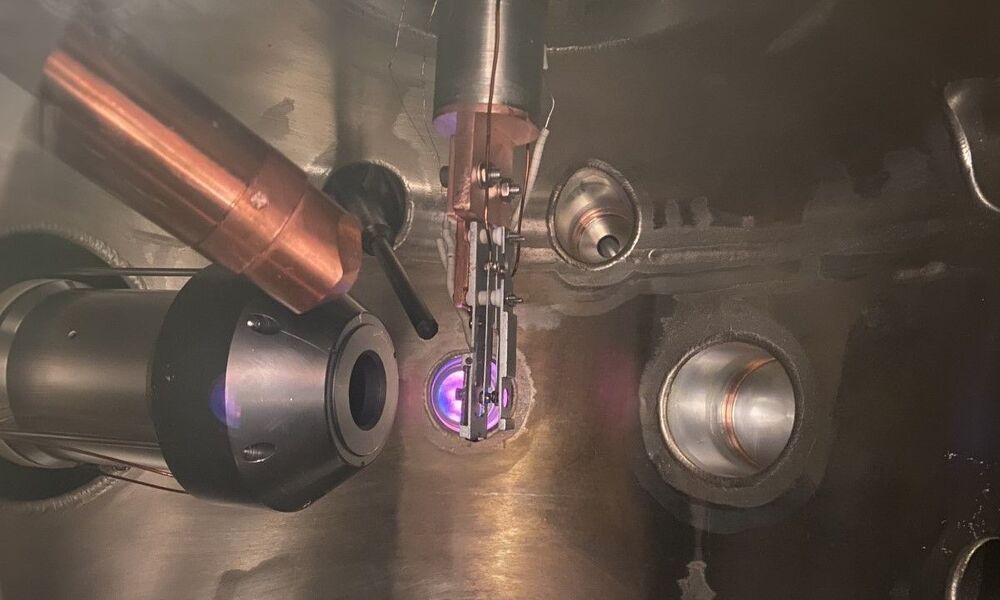The Bay Area has several famous landmarks that stand out from the Space Station.
The winter months in the San Francisco Bay area offer a reprieve from the typically foggy summer days that shroud the city and water beneath a layer of low clouds. On this clear December day, an astronaut onboard the International Space Station shot this photograph of the area’s mixture of dense urban development and preserved natural spaces.
The Bay Area has several famous landmarks that stand out to astronauts. The Golden Gate Bridge is part of Route 101, the longest highway in California; it connects the city of San Francisco to Marin County. The San Francisco–Oakland Bay Bridge crosses over and tunnels through Yerba Buena Island. Both bridges stand high enough to allow large ships to pass under on the way to various docks, piers, and shipyards around the Bay.






